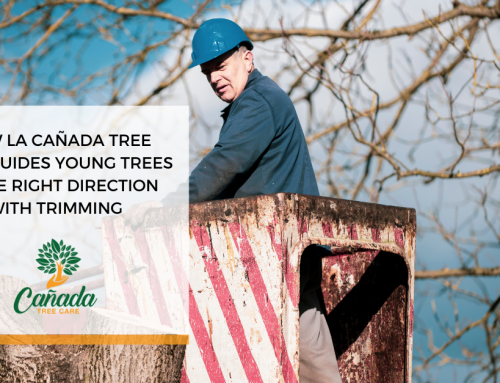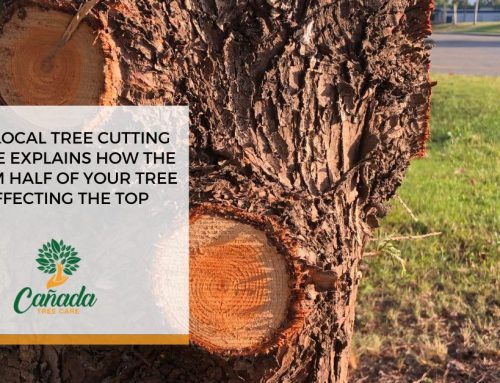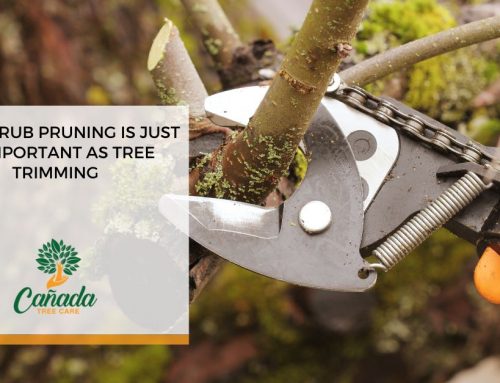When trees are subjected to flooding, whether from heavy rainfall, rising water levels, or poor drainage, they face significant stress and potential damage. Flooding can suffocate roots, disrupt nutrient uptake, and lead to root rot and structural instability. However, the good news is that with timely intervention and proper care from a La Cañada tree service, flooded trees can often recover and thrive once again. Let’s go through what it takes to restore their health!
Flooded Tree Help From A La Cañada Tree Service
- Assess The Damage
Before taking any action, assess the extent of damage to the flooded trees. Look for signs of stress, such as wilting leaves, yellowing foliage, and leaning trunks. Check for soil erosion, sediment deposition, and any visible signs of root damage or decay. Understanding the severity of the situation will guide your approach to tree recovery efforts.
- Improve Drainage
If flooding was caused by poor drainage or waterlogged soil, improving drainage around the tree’s root zone is essential for facilitating recovery. Ensure that excess water can drain away from the tree by creating channels or trenches to redirect water flow. Avoid compacting the soil around the roots, as this can further impede drainage and exacerbate root stress.
- Provide Oxygenation
Flooded soil lacks sufficient oxygen, which is vital for root respiration and overall tree health. To improve soil oxygenation, aerate the soil by gently loosening compacted areas with a garden fork or aerating tool. This allows oxygen to penetrate the soil and reach the tree’s roots, promoting recovery and reducing the risk of root suffocation.
- Prune Damaged Branches
Inspect the tree for damaged or diseased branches caused by flooding. Prune away any broken, dead, or waterlogged branches using sharp, sterilized pruning tools. Removing damaged branches helps reduce the tree’s overall stress load and prevents the spread of disease or decay to healthy parts of the tree.
- Apply Mulch
Mulching around the base of flooded trees can help conserve soil moisture, regulate soil temperature, and suppress weed growth. Apply a layer of organic mulch, such as wood chips or shredded bark, to a depth of 2-4 inches, taking care to leave space around the tree trunk to prevent moisture accumulation and rot. Mulching also improves soil structure and fertility over time as it decomposes.
- Monitor And Water Appropriately
Keep a close eye on flooded trees in the weeks and months following the event. Monitor soil moisture levels and water the tree as needed to prevent drought stress, especially during periods of dry weather. Strike a balance between providing adequate moisture and avoiding waterlogged conditions, as overly saturated soil can impede root recovery.
- Be Patient!
Recovery from flooding takes time, and patience is key to helping flooded trees regain their health and vitality. Monitor the tree’s progress regularly, watching for signs of new growth, improved vigor, and overall recovery. Be prepared to adjust your care regimen as needed based on the tree’s response to treatment.

xr:d:DAFmkJMF8wQ:273,j:8302809460396066273,t:24040122
If you are looking for a professional La Cañada tree service to perform all of the abovementioned work for you, then don’t hesitate to get in touch with the team at Cañada Tree Care. We look forward to being able to solve all of your flooding problems using our experience and expertise.






Leave A Comment